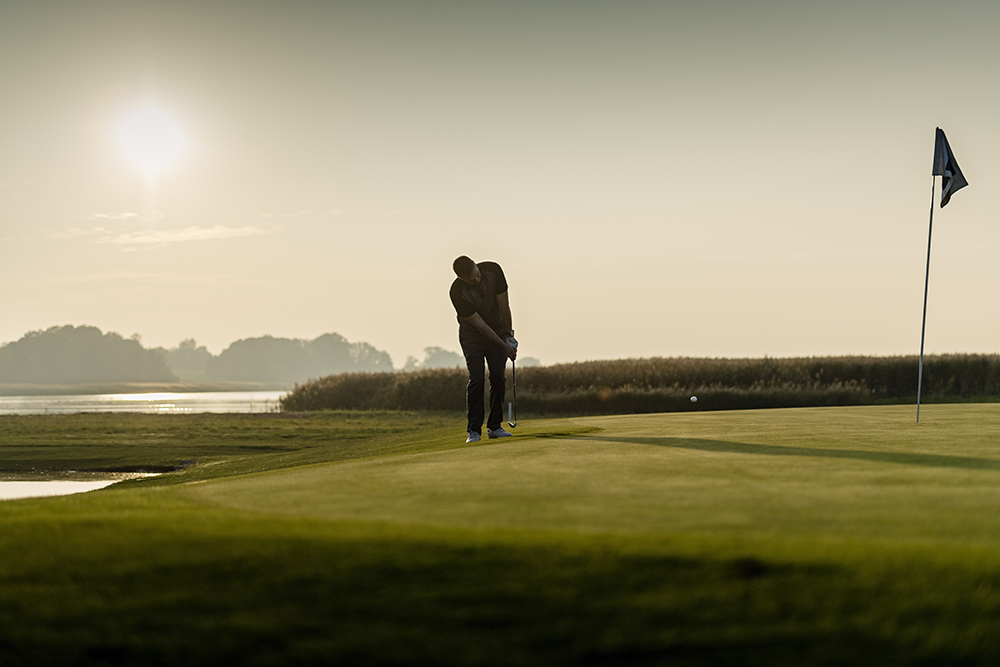The pandemic has taken 10 things from our game—and made it better

Golf, like every other aspect of life, has been forced to make some changes recently, with the result that several elements of the game that existed at the start of this year now are either gone or severely reduced—and that’s not all bad.
1. No Clutter
Our courses are suddenly bereft of ball washers, bag stands, benches, and beverage stations along with a lot of semi-superfluous signage. All that meets our eyes is a beautiful big park in which to frolic.
2. No Waiting
Tee times have been imposed, even at clubs that never required them, and the intervals are a generous 12–16 minutes. The result: less “accordion effect,” meaning fewer traffic jams and a swifter, more enjoyable pace of play.
3. No Caddies
Many golfers, for the first time in a long time, are navigating the course without a human crutch, selecting their own clubs, reading the lines of their putts, and many are happily discovering golf chops they didn’t know they had.
4. No Frills
Can you imagine? Some of us are now getting by without valet parking, lobster rolls and margaritas at the turn, and haircuts from the locker room barber. What’s left? Just the simple joys of fresh air, companionship, walking, and hitting a little white ball.
5. No Augustification
Courses have slashed costs by paring back on some of the less necessary aspects of maintenance, most notably the heavy watering in quest of lush greenness. Think faster fairways, think links-like golf. Think economical, ecological, sustainable.
6. No Pros
Social distancing has put a damper on private instruction. That has brought less paralysis from analysis. Some have gone to books, magazines, and online for guidance. Others simply have figured things out for themselves, bringing a sense of satisfaction that no lesson can deliver.
7. No Bunker Rakes
Lest we forget, bunkers are meant to bring trepidation, not pristine lies. Pine Valley, which for decades was regarded as the best in the world, has never had bunker rakes. Untended bunkers breed better sand players—or at least better sand avoiders. And when we smooth over the sand with our foot, we become more responsible golf citizens.
8. No Touching the Flagstick
Golf is a better game when we all keep our mitts off the flagstick. Play moves along more smoothly, and (once we’re rid of the current cup-raising gadgets) we’ll all sink more chips and putts.
9. No Cacophony
With only 16–20 people setting out on the course each hour, and with everyone keeping their distance, there’s less chatter, fewer bellowed “Booyahs,” and zero high-fiving. The atmosphere is serenity itself.
10. No Foot-dragging
At most courses, the routine is similar: Arrive 15–20 minutes before your tee time and then play with dispatch. It’s a return to the game’s humble beginnings, to golf as it was meant to be.
Less is more, my friends. The game we’re playing now is simpler, faster, more affordable, and more welcoming than at any time in our lives. Golf courses, once viewed as bastions of elitism, today are seen as sanctuaries of safe recreation as our game attracts legions of devotees organically, in a way that none of the industry’s “grow the game” initiatives ever could. Ironically, this awful virus that has brought so much sickness and sadness, has also made golf just a little bit healthier.






